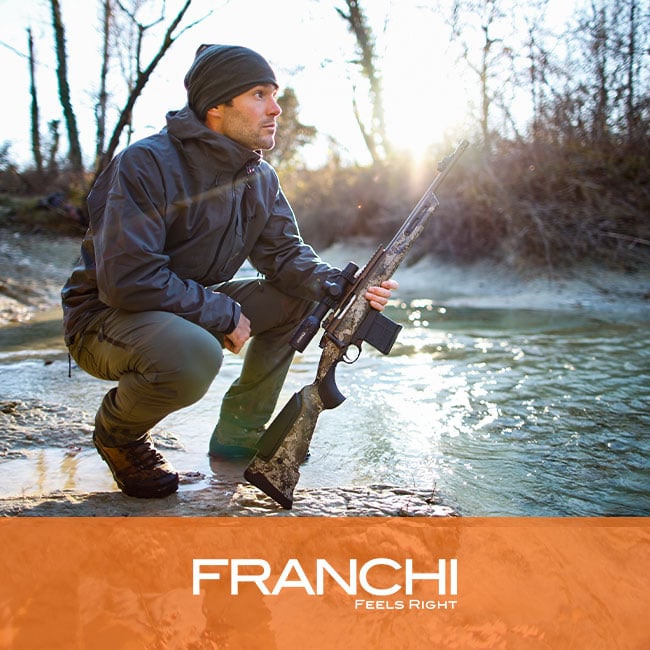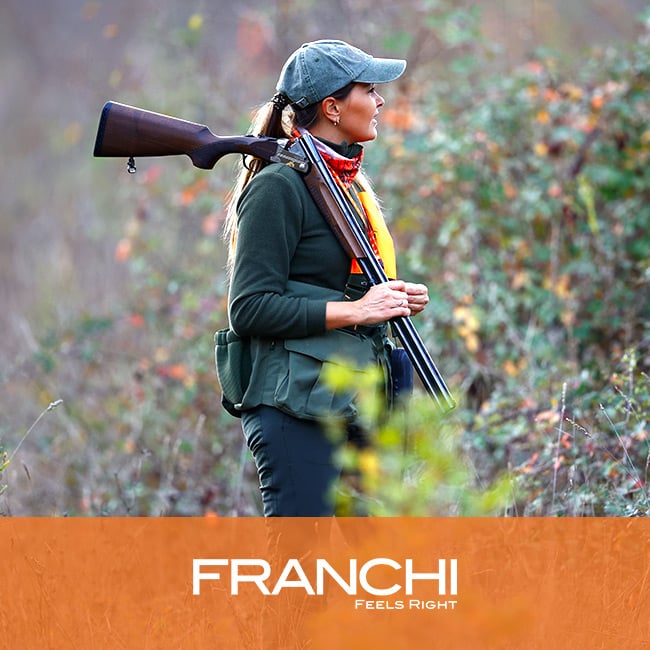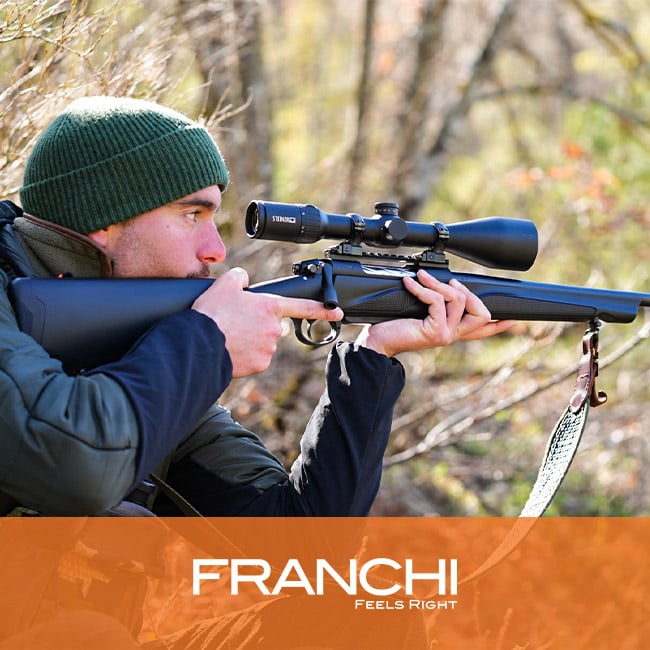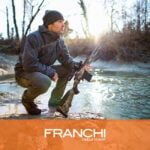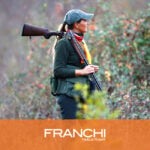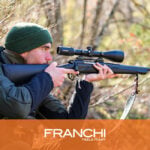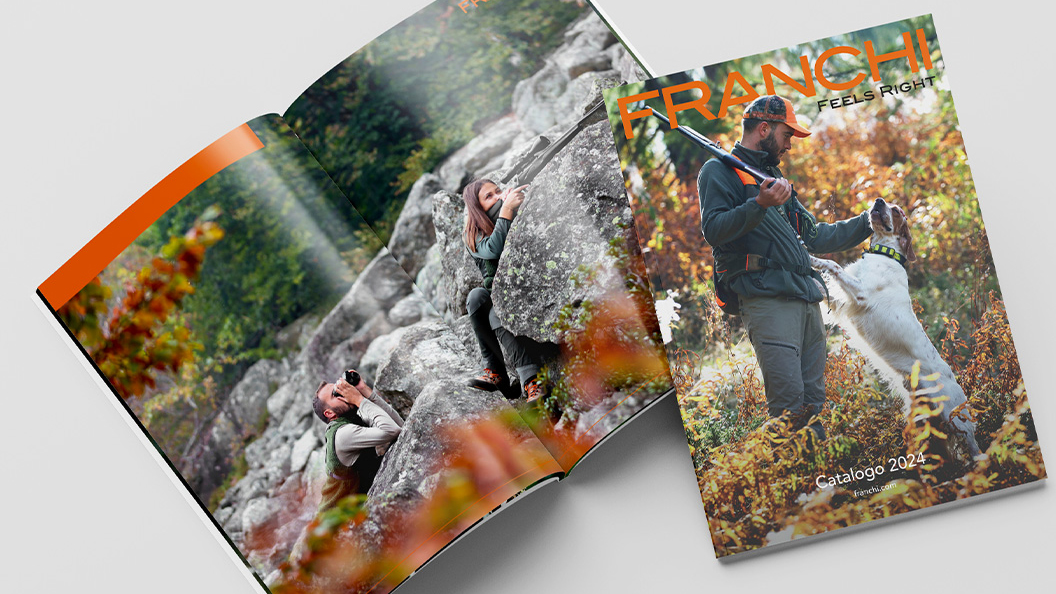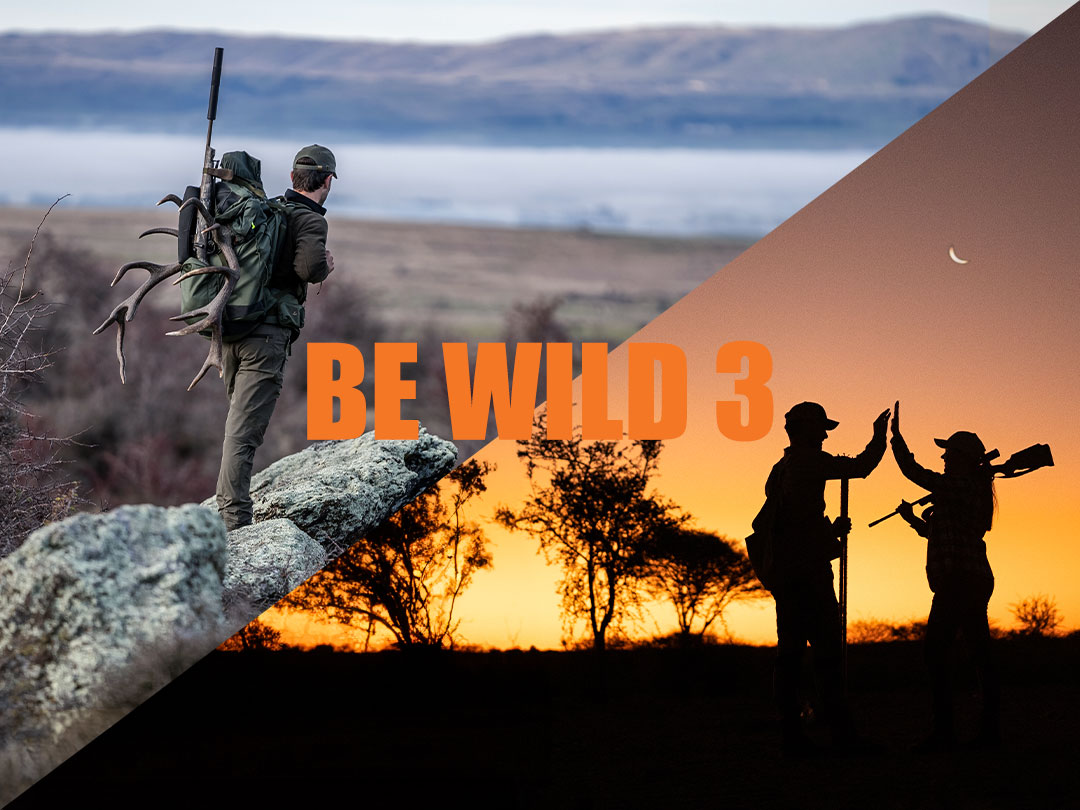Giulia: “I train all year in order to not find myself in trouble during the hunting season. I take long walks and go to the gym 3-4 times a week, to keep my muscles trained, which is fundamental! Being physically prepared is important even for a question of safety, because when you’re tired, you run the risk of making errors or underestimating the danger of the area and, as we know, the mountain doesn’t forgive. Hunting in the mountains is like this, it’s a mix of effort and sacrifice that repays you with unique emotions.”
Andrea: “Like with dogs, those of us that hunt at high altitudes try to keep ourselves in shape and go out even in the months when hunting season is closed, because otherwise, hunting in the mountains couldn’t be possible. It requires a lot of physical dedication and you have to practice based on different levels of difficulty… Every hunter knows that there are places a bit more comfortable and others that are more uncomfortable to reach. On average, a typical day requires 6-7 hours of walking uphill, and when night falls, your legs burn, and exhaustion is noticeable. Sometimes, actually, you walk for 12-13 hours with 1400 meters of difference in altitude, so good training is not just suggested, it’s necessary.”
Davide: “You have to constantly be in the mountains, go there always, walking, training your breath, because you can’t become a mountaineer overnight. I don’t want to say that you’re born a mountaineer… but those peaks, once they enter inside you, they become part of you, and their call will always bring you back up there, between the clouds and the sky.”




